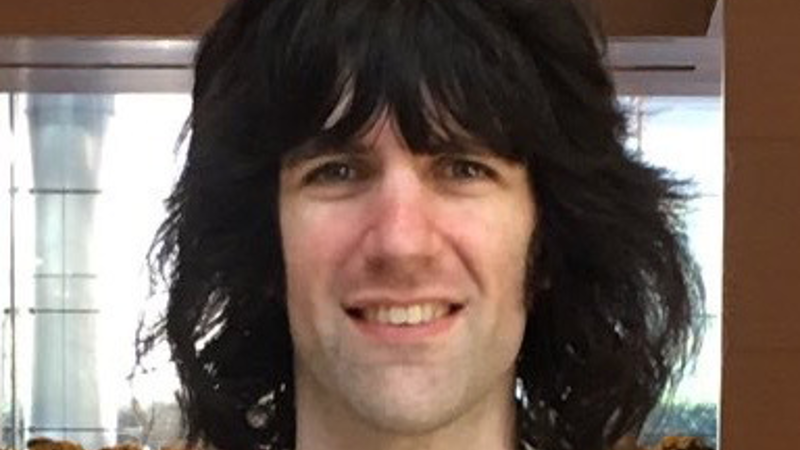There are two enormous bubbles of scorching gas expanding from the core of the Milky Way has into near-galactic space. First seen in 2020 by the X-ray telescope eRosita, the bubbles extend far above and below the center of our galaxy.
These bubbles resemble the Fermi bubbles and microwave haze—a fog of charged particles roughly at the galaxy’s center. The physical origin of these striking structures has been intensely debated.
As their symmetry about the galactic center, astronomers believe that they probably originate from some energetic outbursts from the Galactic Centre in the past.
A new study, including the University of Michigan, suggests that a powerful jet from the supermassive black hole at the center of the Milky Way could have formed these bubbles. The study also revealed that the jet began spewing out about 2.6 million years ago and lasted about 100,000 years.
Scientists suggest that Fermi bubbles were formed by the same jet of energy from the supermassive black hole based on the findings.
U-M astronomer Mateusz Ruszkowski, a co-author of the study, said, “There are two competing models that explain these bubbles, called Fermi and eRosita bubbles after the telescopes that named them. The first suggests that the outflow is driven by a nuclear starburst, in which a star explodes in a supernova and expels material. The second model, which the team’s findings support, suggests that these outflows are driven by energy thrown out from a supermassive black hole at the center of our galaxy.”
When supermassive black holes accrete material, they can generate powerful outflows in the form of jets. Although, these jets never crosses the black hole’s event horizon.
As some of this material is thrown back into space, black holes don’t grow uncontrollably. But the energy thrown from the black hole does displace material near the black hole, creating these large bubbles.
The structures themselves are 11 kiloparsecs tall=nearly 36,000 light-years tall. 1 parsec=3.26 light-years, or about three times the distance that light travels over a year.
What’s more, these bubbles are about two times the size of the Fermi bubbles. The wave of energy expands them, or a shockwave, pushed out by the Fermi bubbles.
Ruszkowski said, “Our proximity to the outflows means astronomers can collect an enormous amount of data. This data can tell astronomers the amount of energy in the jet from the black hole, how long this energy was injected and what material comprises the bubbles.”
“We not only can rule out the starburst model, but we can also fine-tune the parameters that are needed to produce the same images, or something very similar to what’s in the sky, within that supermassive black hole model. We can better constrain certain things, such as how much energy was pumped in, what’s inside these bubbles, and how long was the energy injected to produce these bubbles.”
The models that scientists used also predicted cosmic rays within these structures. The energy infusion from the black hole inflated the bubbles, and the actual energy was in the form of kinetic, thermal, and cosmic ray energy. Of these types of energy, the Fermi mission could identify the gamma-ray signal of the cosmic rays.
For the study, scientists used data from the eRosita mission, NASA’s Fermi Gamma-ray Space Telescope, the Planck Observatory, and the Wilkinson Microwave Anisotropy Probe.
Karen Yang, a lead author of the study and an assistant professor at the National Tsing Hua University in Taiwan, said, “Our simulation is unique in that it takes into account the interaction between the cosmic rays and gas within the Milky Way. The cosmic rays, injected with the jets of the black hole, expand and form the Fermi bubbles that shine in gamma-ray.”
“The same explosion pushes gas away from the Galactic center and forms a shock wave that is observed as the eRosita bubbles. The new observation of the eRosita bubbles has allowed us to constrain the duration of the black hole activity more accurately and better understand the history of our galaxy.”
Study co-author Ellen Zweibel, professor of astronomy and physics at University of Wisconsin, said, “The model rules out the nuclear starburst theory because of the typical duration of a nuclear starburst, and therefore the length of time into which a starburst would inject the energy that forms the bubbles, is about 10 million years.”
“On the other hand, our active black hole model accurately predicts the relative sizes of the eRosita x-ray bubbles and the Fermi gamma-ray bubbles, provided the energy injection time is about one percent of that, or one-tenth of a million years.”
“Injecting energy over 10 million years would produce bubbles with a completely different appearance. It’s the opportunity to compare the x-ray and gamma-ray bubbles which provides the crucial previously missing piece.”
Journal Reference:
- Yang, HY.K., Ruszkowski, M. & Zweibel, E.G. Fermi and eROSITA bubbles as relics of the past activity of the Galaxy’s central black hole. Nat Astron (2022). DOI: 10.1038/s41550-022-01618-x
Note: This article have been indexed to our site. We do not claim legitimacy, ownership or copyright of any of the content above. To see the article at original source Click Here













